Amabiki Kannon
Amabiki Kannon
The formal name of the temple is “Amabikisan Rakuhoji”. Around A.D. 740, Emperor Shomu and his wife Empress Komyo prayed for safe birth and had miraculous effects. Ever since, the old temple has been reknowned as a temple for “safe birth and raising healthy children.”
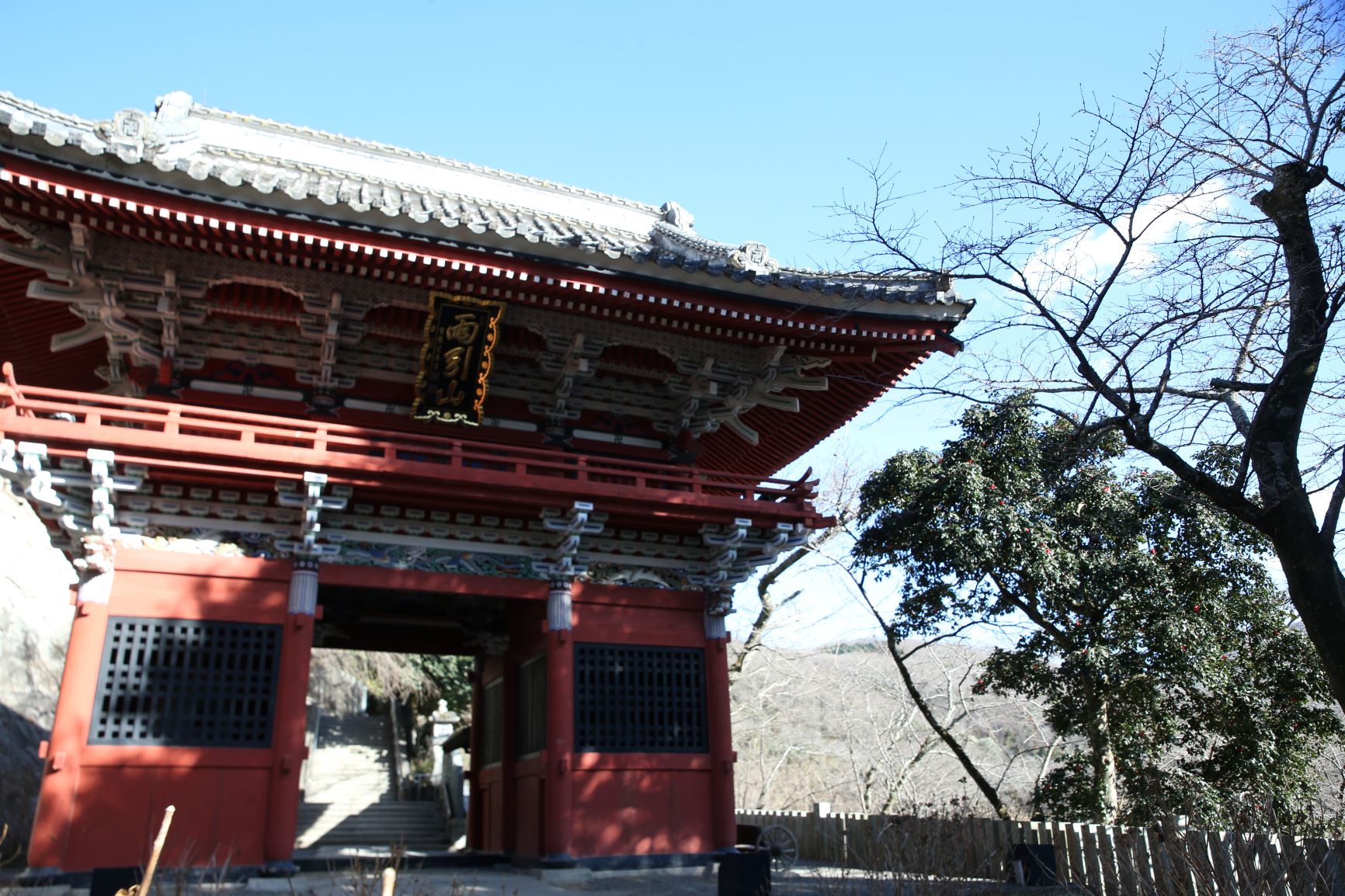
The highlight of Amabiki Kannon
Kujakuji (Peacock Temple)
There are sacred birds like peacocks and silk fowls in the temple precincts. The peacocks are accustomed to people, so unless you scare them, you can take pictures with them. If you’re lucky, you may catch one of them with their feathers spread out. During the hydrangea season, peacocks lose their feathers but you will get to enjoy a relaxing time meeting various animals which is a treat for the children.

The temple during the four seasons
You get a dynamic view of the Kanto Plains from the temple precincts with Mt. Fuji in the far distance. In springtime, cherry flowers blossom and in the fall, people love to see the autumnal colors on the trees. You can enjoy eating your lunchboxes sitting on a bench and looking out at the amazing vista.
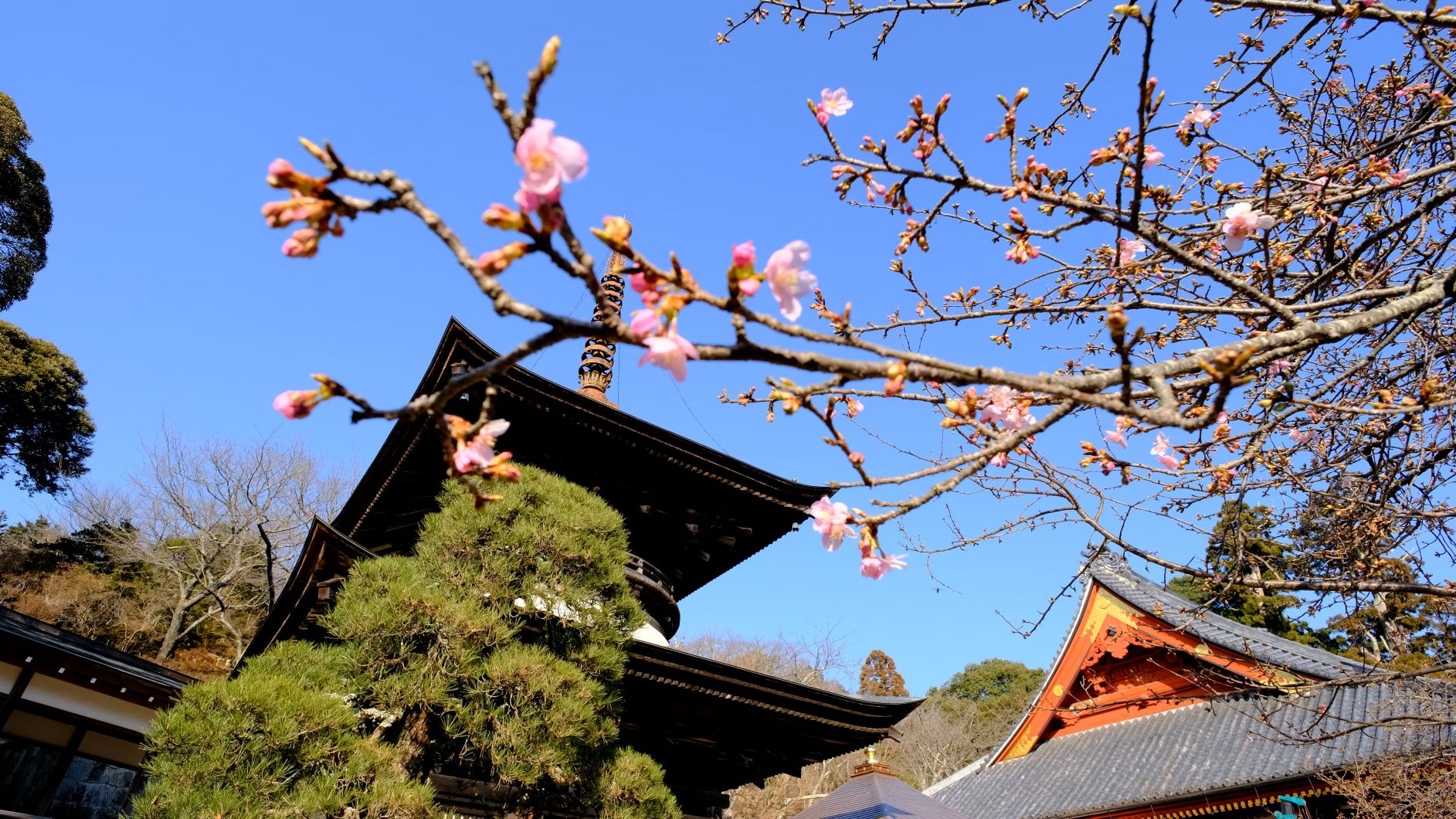
Holy fire for invocation and Crossing of the corridor
Normally, the holy fire invocation is held from 10am to 4pm. (There are some irregular days so it is best to check before you make your visit.) During those hours, you may meet a priest hurriedly crossing the corridor on his way to the Main Hall. The holy fire invocation is performed inside the Main Hall. A holy fire is lit on the Buddhist altar and various offerings are thrown in to pray for the fulfillment of a wish. This is an esoteric Buddhist practice. Sparks fly in the dimly lit Hall and the flame lights up the face of the Kannon, the Buddhist deity of mercy. Seeing this fantastic sight and having your wish inside the holy fire will probably lighten your heart.
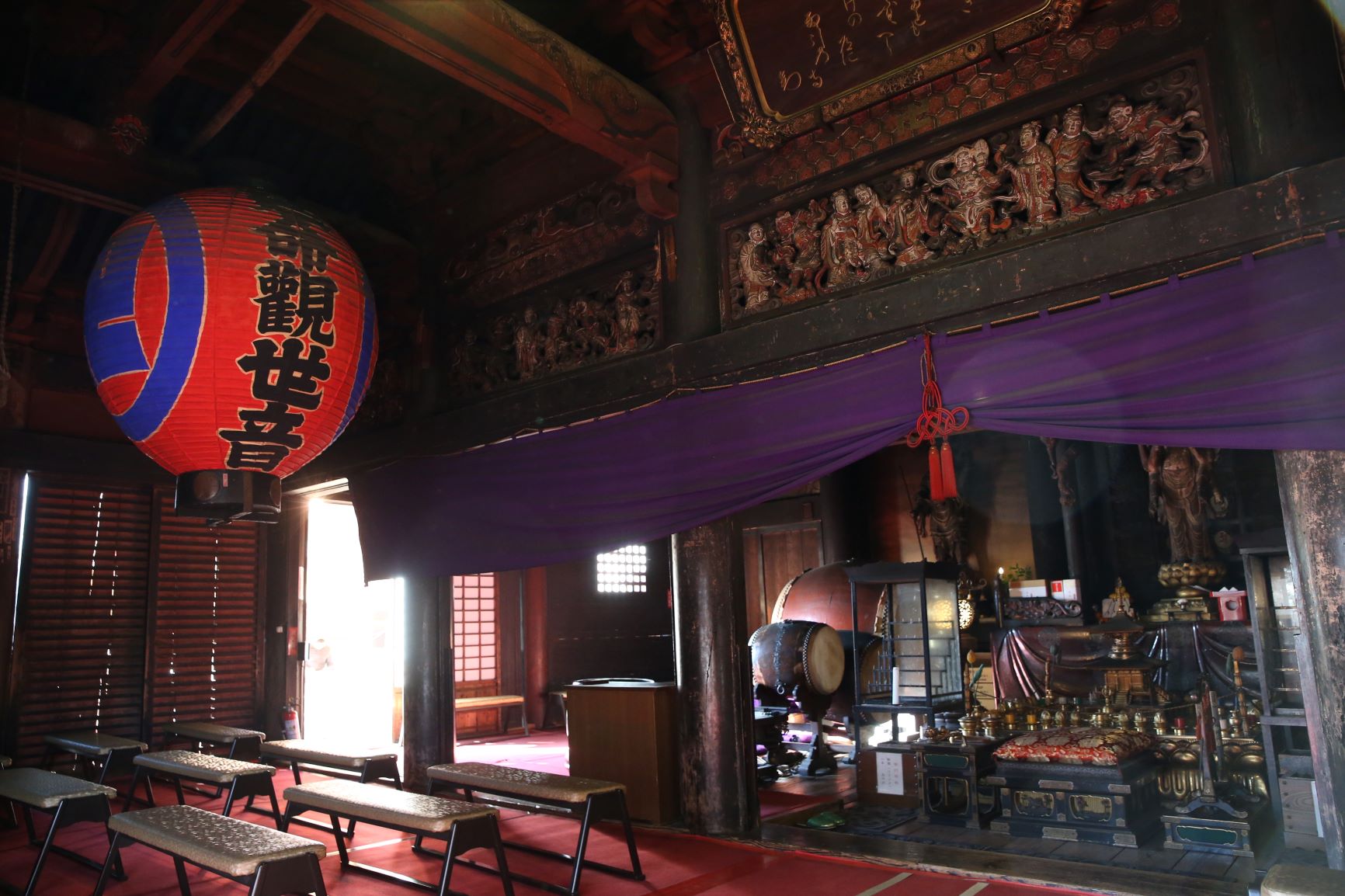
Madara Kishin-sai Festival
The Madara Kishin-sai Festival is held every year on the second Sunday in April. Check out the gallant performances of Madara Kishin (demon god) riding a horse and running up the stone stairs, the demons dancing and the demon god shooting an arrow for averting evil.
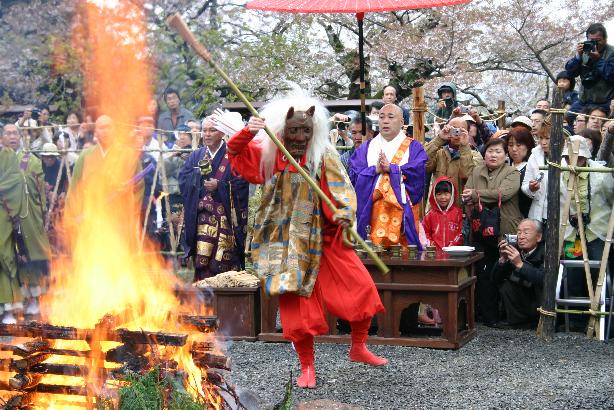
History of Amabiki Kannon
After climbing the 154 stone steps aimed at deterring evil spirits, you will see the gates with intricate carvings. Beyond that, you will see the elegant temple and towers built during the Edo Period. You will also see a cedar tree planted over 400 years ago as well as a beech tree planted over 1000 years ago. You can feel history permeating the area.
This is a temple opened in 587 A.D. by a Buddhist monk who returned from China. Literally translated, this is a survival Kannon Bodhisattva and it is designated as a national important cultural artifact.
It is known to be the imperial temple of Emperor Youmei, Emperor Shomu and Emperor Saga.
In the Heian Period, it became the seminary for Shingon Buddhism under Kobo Daishi.
In the Edo Period, the temple received huge donations from the Tokugawa Shogunate. The Niou Gate, Kannon Hall, Treasure Tower and the Bell Hall were all built in that period.
It is known as a temple to pray for safe birth and raising healthy children. It became known for this in the 8th century when Emperor Shomu prayed for a safe and easy birth as his wife, Empress Komyo went into labor.
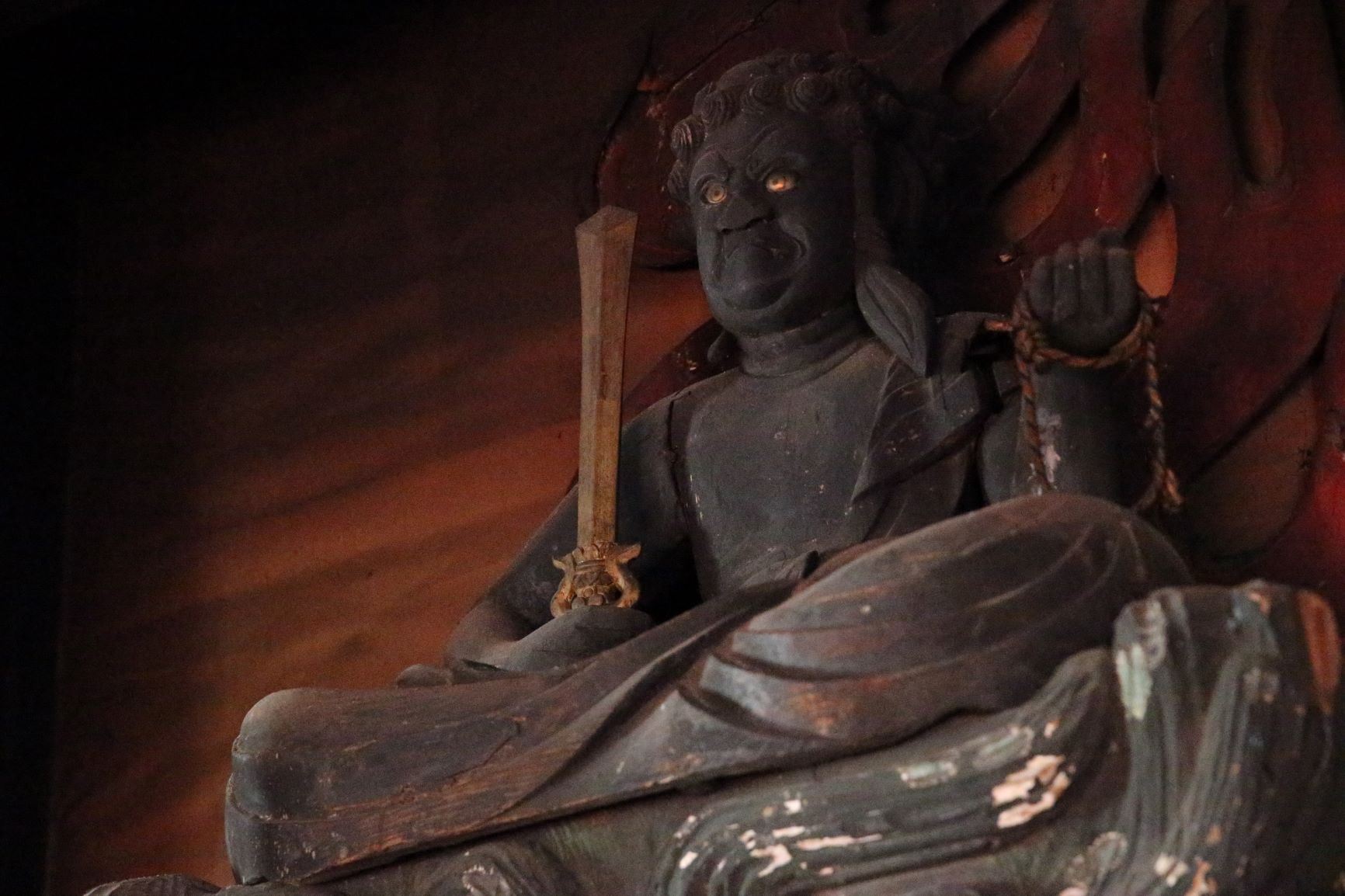
Info
.jpg)
- Open
-
8:30am to 17pm
【Goma prayer】
Normally, this is held from 10am to 4pm.
(There are some irregular days so it is best to check before you make your visit.)
- information
-
Ibaraki Prefecture, Sakuragawa-City, Motogi 1
TEL 0296-58-5009




